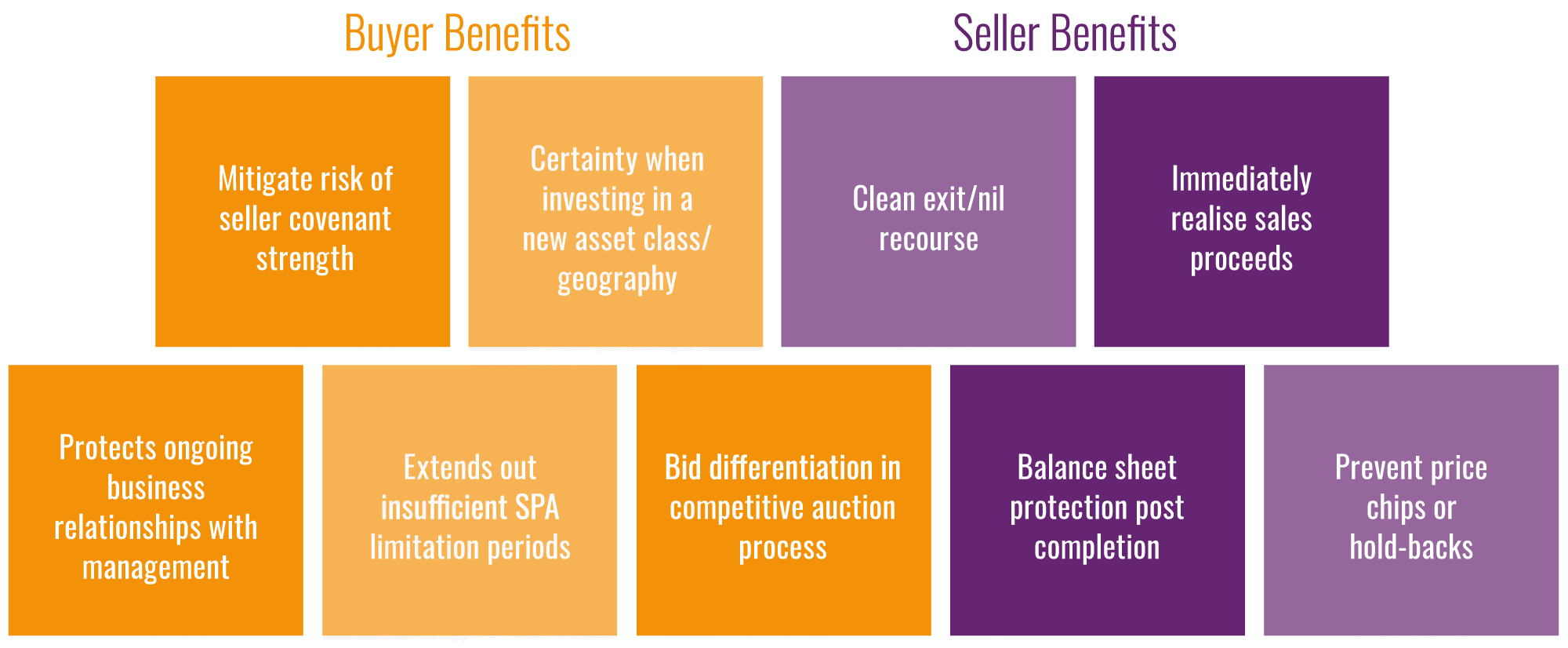SPACs (special purpose acquisition companies) are thriving across the Atlantic with over $50bn raised by US SPACs this year alone1, however in the UK, SPAC activity has been relatively subdued.
A SPAC is a newly formed company, with no trading or operational history, that has been incorporated by a group of sponsors for the sole purpose of acquiring companies. It raises capital through an IPO (Initial Public Offering) and then has a period of time (normally 18-24 months) to acquire a target company.




